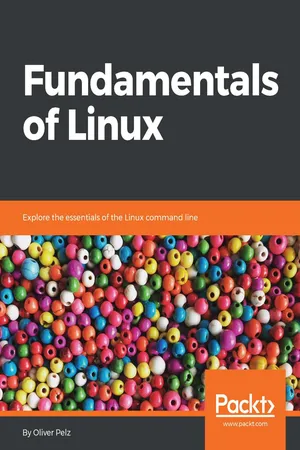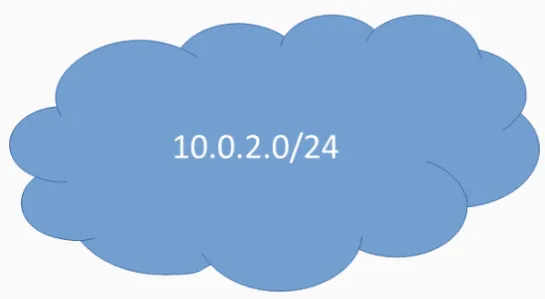
- 234 pages
- English
- ePUB (mobile friendly)
- Available on iOS & Android
About this book
Develop a solid understanding of the important command-line tools and utilities in LinuxAbout This Book• Delve into the fundamentals of Linux• Explore and work with virtualization, command lines, and Bash shell scripts• Use special file permission flags such as setuid and setgidWho This Book Is ForFundamentals of Linux is for individuals looking to work as a Linux system administrator.What You Will Learn• Explore basic and advanced command-line concepts• Install Linux, work with VirtualBox, and install CentOS 7 in VirtualBox• Work with the command line efficiently and learn how to navigate through the Linux filesystem• Create file and user group permissions and edit files• Use Sticky bit to secure your Linux filesystem• Define and remove ACL from Linux filesIn DetailLinux is a Unix-like operating system assembled under the model of free and open source software development and distribution. Fundamentals of Linux will help you learn all the essentials of the Linux command line required to get you started. The book will start by teaching you how to work with virtualization software and install CentOS 7 Linux as a VM. Then, you will get to grips with the workings of various command line operations, such as cursor movement, commands, options, and arguments. As you make your way through the chapters, the book will not only focus on the most essential Linux commands but also give an introduction to Bash shell scripting. Finally, you will explore advanced topics, such as networking and troubleshooting your system, and you will get familiar with the advanced file permissions: ACL, setuid, and setgid. Fundamentals of Linux includes real-world tasks, use cases, and problems that, as a system administrator, you might encounter in your day-to-day activities.Style and approachA step-by-step guide filled with real-world examples that will cover the fundamentals of Linux
Frequently asked questions
- Essential is ideal for learners and professionals who enjoy exploring a wide range of subjects. Access the Essential Library with 800,000+ trusted titles and best-sellers across business, personal growth, and the humanities. Includes unlimited reading time and Standard Read Aloud voice.
- Complete: Perfect for advanced learners and researchers needing full, unrestricted access. Unlock 1.4M+ books across hundreds of subjects, including academic and specialized titles. The Complete Plan also includes advanced features like Premium Read Aloud and Research Assistant.
Please note we cannot support devices running on iOS 13 and Android 7 or earlier. Learn more about using the app.
Information
More Advanced Command Lines and Concepts
- Basic networking concepts
- Installing new software and updating the system
- Introduction to services
- Basic system troubleshooting and firewalling
- Introduction to ACL
- setuid, setgid, and sticky bit
Basic networking concepts
- Rule 1: The network

- Rule 2: The IP address

- Rule 3: The same network







Table of contents
- Title Page
- Copyright and Credits
- Packt Upsell
- Contributor
- Preface
- Introduction to Linux
- The Linux Command Line
- The Linux Filesystem
- Working with the Command Line
- More Advanced Command Lines and Concepts
- Other Books You May Enjoy